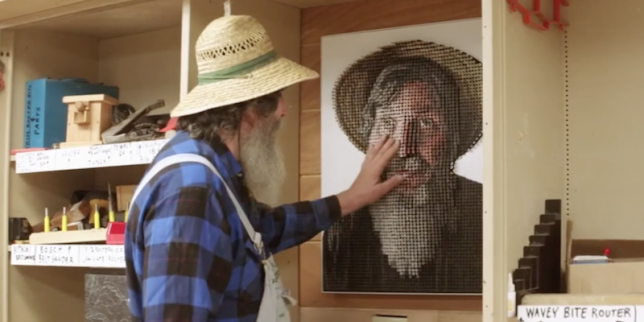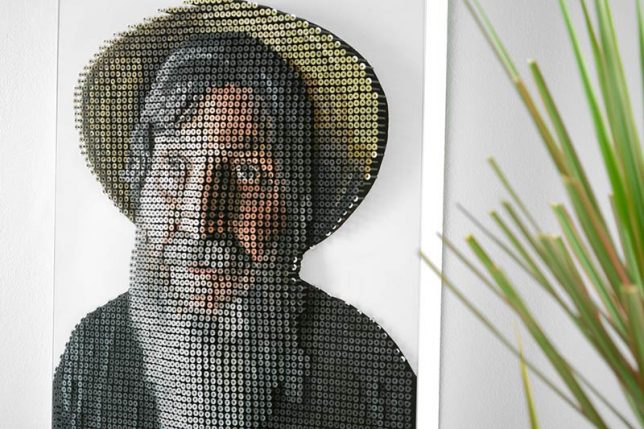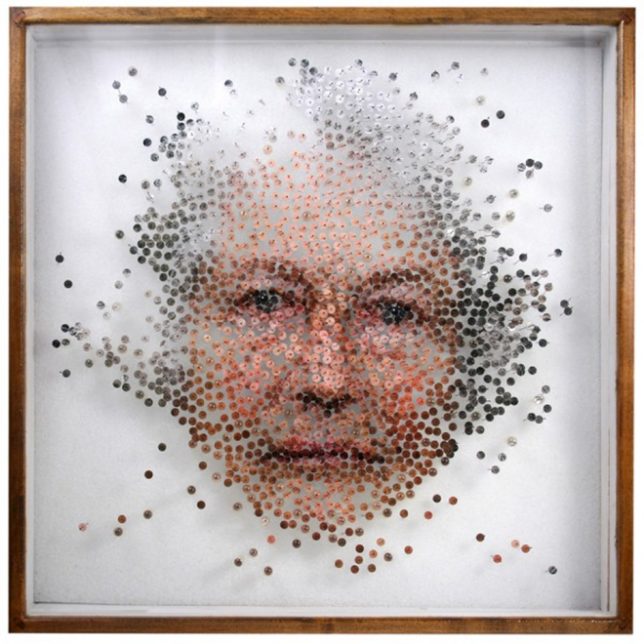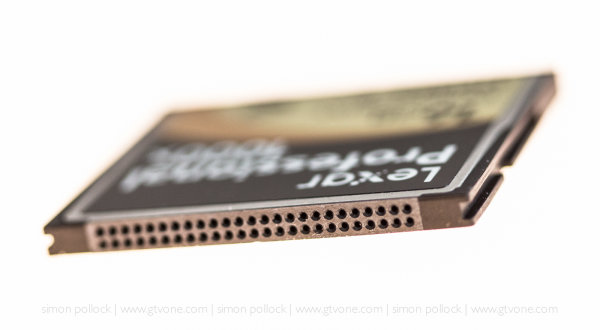$ (document).ready(function() { SampleGalleryV2({“containerId”:”embeddedSampleGallery_5471342450″,”galleryId”:”5471342450″,”isEmbeddedWidget”:true,”selectedImageIndex”:0,”isMobile”:false}) });
Canon has announced the development of its next flagship DSLR, the EOS-1D X Mark III. Sitting at the top of the company’s EF-mount lineup, the EOS-1D X Mark III will continue to prioritize speed, image quality and durability for the most demanding of professional photographers. We don’t have an enormous number of details just yet, but all signs point to this being a significant update for photographers that use the previous models day in and day out.
It’s no surprise that the heart of the new camera will be an all-new CMOS sensor with Dual Pixel AF and a new Digic processor. That combination will be able to produce not only standard JPEG and Raw files, but also 10-bit HEIF files for a greater tonal range than JPEGs are capable of. The Dual Pixel AF region of the sensor will cover 90% of the frame horizontally and 100% vertically, with 525 AF areas. We don’t yet know the sensor’s resolution, but Canon is touting “incredible low-light shooting capabilities,” so while we’re not anticipating a huge pixel count, you should expect high ISO performance to be very good (the older 1D X II was no slouch).
Canon has also updated the autofocus system used through the optical viewfinder – we don’t know how many AF points there will be, but we’re told that the central AF pixels have “28 times the resolution” of the 1D X II, and the ability to focus accurately in “even brighter and darker conditions than before.” New autofocus algorithms utilize deep learning.
This will be the most video-capable EOS camera Canon has yet released
Also interestingly (and cryptically), Canon is touting a new way to control autofocus points by using the AF-On button. We have no idea what this means, but we’ll bring you more details as they become available.
In terms of speed, the new camera will shoot at 16 fps through the optical viewfinder with autofocus, and 20 fps with AF when in Live View mode, whether you’re using the mechanical or electronic shutter. The camera will come with dual CF Express card slots, and the buffer has been increased by five times compared to its predecessor.
Canon told us that this will be the most video-capable EOS camera they’ve yet released, and we can confirm that it’s able to capture 10-bit, 4:2:2 video footage at up to 4K/60p. They’ve also built in a C-Log profile, to enhance users’ ability to grade the video files in post.
Other minor touches include the addition of backlit buttons, and though it uses the same LP-E19 battery as before, battery life is improved.
Details regarding pricing and availability aren’t yet available.
Press release:
POWERFUL, FASTER AND RUGGED: CANON ANNOUNCES THE DEVELOPMENT OF THE EOS-1D X MARK III CAMERA
MELVILLE, N.Y., October 24, 2019 – Canon U.S.A. Inc., a leader in digital imaging solutions, today announced that its parent company, Canon Inc. is developing the highly anticipated Canon EOS-1D X Mark III Camera – the successor to the world-renowned and award-winning EOS-1D X Mark II. Ideal for sports and wildlife, the flagship DSLR is being engineered and designed using feedback from the worldwide community of EOS-1D X and EOS-1D X Mark II photographers. Continuing Canon’s rich heritage of creating first-rate optical products, the EOS-1D X Mark III offers an enhanced autofocus system, with dramatically improved still and video image quality and communication. When using this camera, professionals will have the confidence they will get ‘the shot’ and can deliver it at a competitive speed – faster than ever before – ideal for the increasingly fast-paced industry.
“The innovations put forth by the new EOS-1D X Mark III will set the new standard for professional DSLR cameras and further cement Canon’s commitment to its professional photographers,” said Kazuto Ogawa, president and chief operating officer, Canon U.S.A., Inc. “In developing the new camera, Canon listened to extensive user-feedback from professionals out in the field. The result is a camera that has evolved from its predecessor and maintained the overall quality that professional photographers have come to expect from the Canon EOS-1D series.”
Need for Speed
The Canon EOS-1D X Mark III will be blisteringly fast – offering exceptional precision, reliability, high-performance autofocus and subject tracking – providing photographers with a tool that will help to capture the shot they are chasing. The camera’s new autofocus algorithm will improve stability and tracking when using both the Optical Viewfinder and in Live View shooting mode, using Deep Learning Technology and adapting to help facilitate accurate focus tracking for every shot.
When using the optical viewfinder the camera will use a new autofocus sensor, with approximately 28 times the resolution in the center of the EOS-1D X Mark II. Offering the ability to autofocus in even brighter and darker situations than before and with greater precision, the camera will have a range of autofocus capabilities, which will enable the photographer to get their shot. In Live View mode, users will be able to make use of 525 AF areas using the Dual Pixel CMOS AF system will cover approximately 90×100 percent of the image sensor. The camera will support significantly faster frame rates with full AF and AE, using either the optical viewfinder (up to approximately 16fps mechanical shutter) or Live View (up to approximately 20fps mechanical or electronic shutter). Additionally, the camera’s dual CFexpress card slots will enable more than five times the RAW burst depth of its predecessor.
Powered to Dominate
The development of EOS-1D X Mark III is a clear example of Canon’s commitment to pushing the boundaries of innovative imaging products featuring optically excellent technology. The camera will support an all new, Canon-developed, CMOS sensor and DIGIC processor, that will deliver greater image quality, at even higher ISOs, with the ability to capture stills in 10-bit using the HEIF (High Efficiency Image File) file format. HEIF produces wider dynamic range and greater color representation compared to JPEG. The power of 4K resolution brings stories to life – shoot 4K videos including 4K60p with 10-bit 4:2:2 Canon Log internal recording.
Conveniently Connected
For professionals, content delivery is just as important as image capture – the EOS-1D X Mark III will make it easy, featuring built-in Wi-Fi® and Bluetooth® low-energy connectivity in addition to GPS technology. To keep pace with ever-shortening deadlines, the camera will transfer data at more than twice[i] the speed of the EOS-1D X Mark II when using the built-in Ethernet connection, or the new optional wireless file transmitter – the WFT-E9, which is also compatible with Canon’s recently launched Cinema EOS C500 Mark II camera. Coupled with simpler network set-up the camera will greatly enhance the professional workflow.
A Familiar Feel with Improved Attributes
Existing EOS-1D series users will be familiar and comfortable handling the EOS-1D X Mark III allowing seamless navigation with trusted ergonomics – whilst the magnesium alloy body will offer the durability expected from Canon’s EOS-1D cameras. Professional photographers can trust the same impressive build-quality as the EOS-1D X Mark II – with phenomenal weather-sealing, standing up to harsh conditions, including wind, rain and humidity. With incredible low-light shooting capabilities, the camera will now feature select illuminated buttons that allow for precision operation in challenging, dark and dimly lit conditions.
The camera will also offer a new additional control for selecting AF points, built into the AF-ON button, allowing photographers to change AF points on-the-fly for the best composition – further helping to simplify their work. In addition, dramatically improved battery life – with the same LP-E19 – will allow professionals to shoot for longer periods of time, without having to change batteries, helping reduce the chance of missing a shot.
[i] Transfer speeds may be adversely affected depending on the usage environment.
Articles: Digital Photography Review (dpreview.com)




























You must be logged in to post a comment.